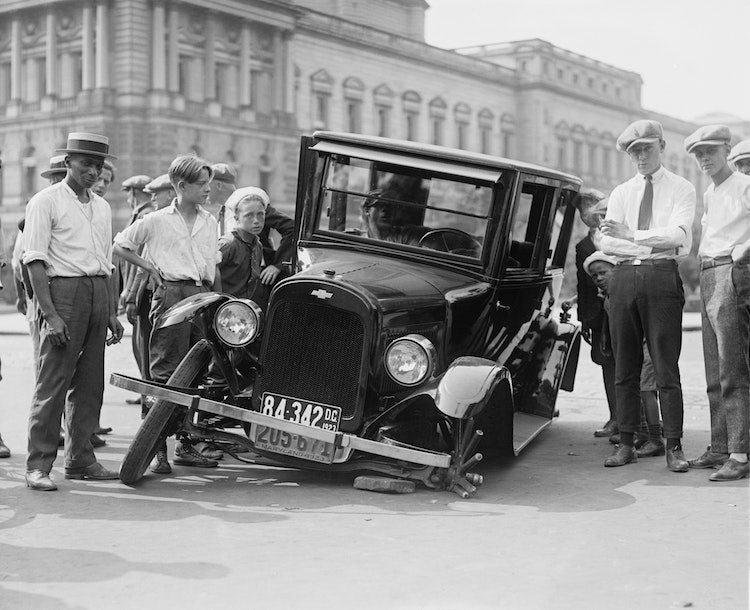
by Anne Lazo | Aug 27, 2020 | Auto Repair Northern Colorado, Brakes, Campus Repair, Preventive Maintenance
Most of us get in our vehicles to go from point A to point B, and never really think about all of the things that keep us safe during that journey. Vehicles are equipped with a wide range of safety components and features that are designed to protect us and our vehicle occupants. Some of the more obvious safety components of our vehicles are things like seat belts or door locks – But what about those vehicle safety features we know are there but are usually not top of mind? In this article, we review key safety components in our vehicles, what can potentially go wrong with them, and ways to maintain ongoing and effective functioning of those safety components.
(more…)
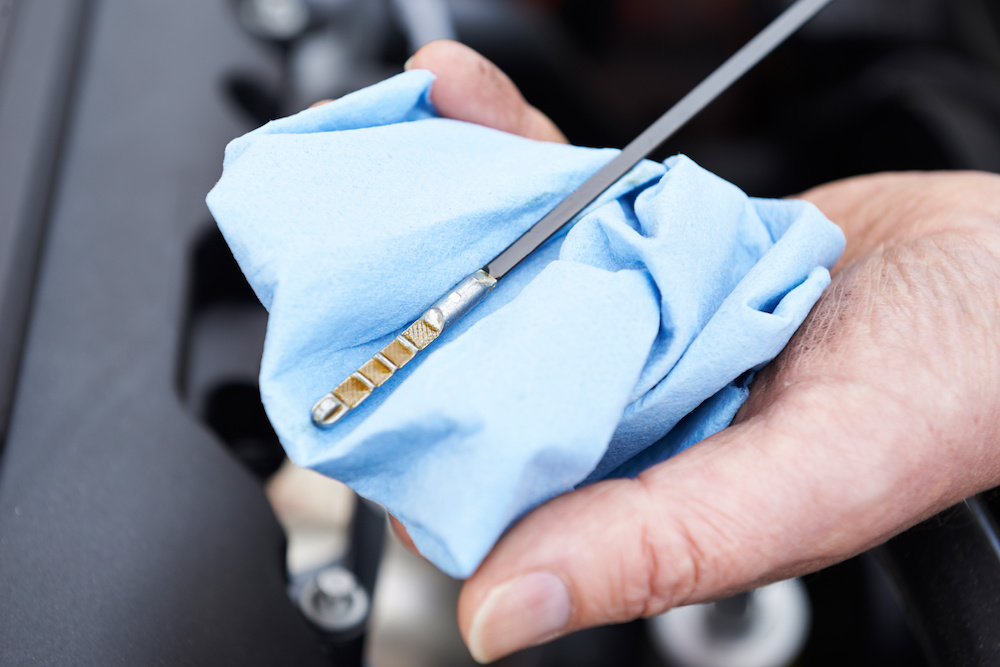
by Anne Lazo | Aug 3, 2020 | Auto Repair Northern Colorado, Preventive Maintenance
Did you know that having an oil change done regularly is a critical task in keeping your engine running smoothly?
Oil is so important that it has sometimes been referred to as the “life blood” of your vehicle’s engine. Because oil is so vital to your vehicle’s health and longevity, you should have a basic understanding of its role. In this article, we answer some common questions about oil and how to maintain it with regular oil changes so your engine can operate efficiently and effectively.
(more…)
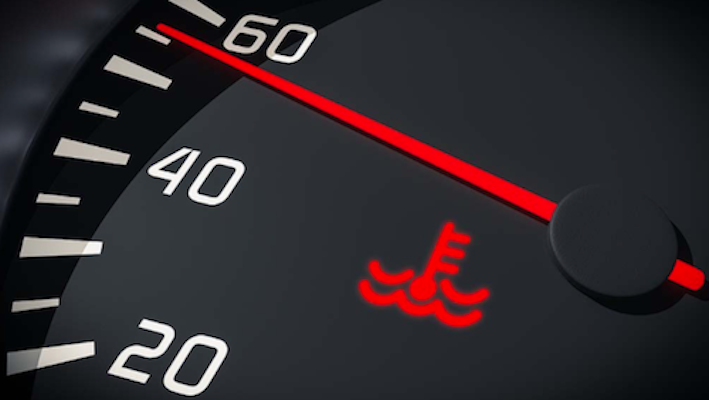
by Anne Lazo | Jun 27, 2020 | Auto Repair Northern Colorado, Brakes, Campus Repair, Preventive Maintenance
If you are like most people, you probably never sat down and read your vehicle’s owner manual from cover to cover. However, it is likely that you may have consulted with your manual on occasion when an obscure warning indicator suddenly showed up on your dashboard.
(more…)
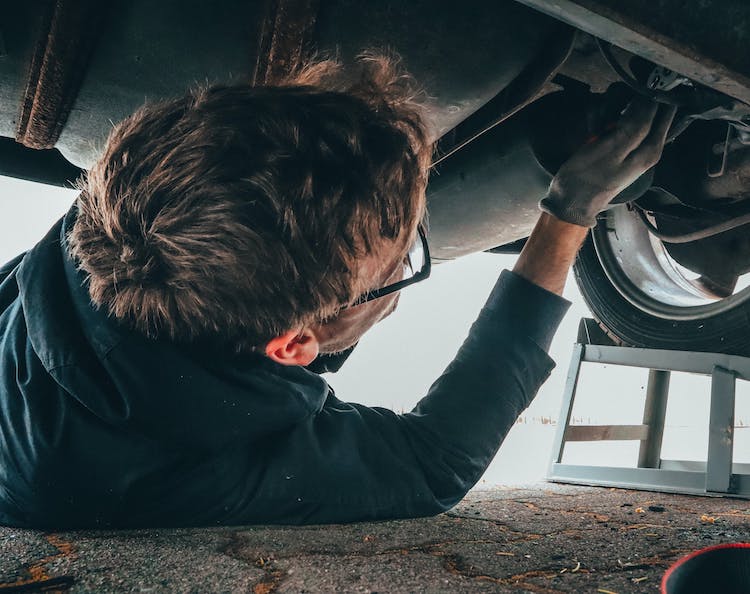
by Anne Lazo | May 20, 2020 | Auto Repair Northern Colorado, Campus Repair, Exhaust System, Preventive Maintenance
Most drivers have probably heard of a catalytic converter – but do you really know what it is and what it does? In this article, we cover some basics about the catalytic converter and ways to keep it operating effectively in your vehicle so you can avoid catalytic converter repair.
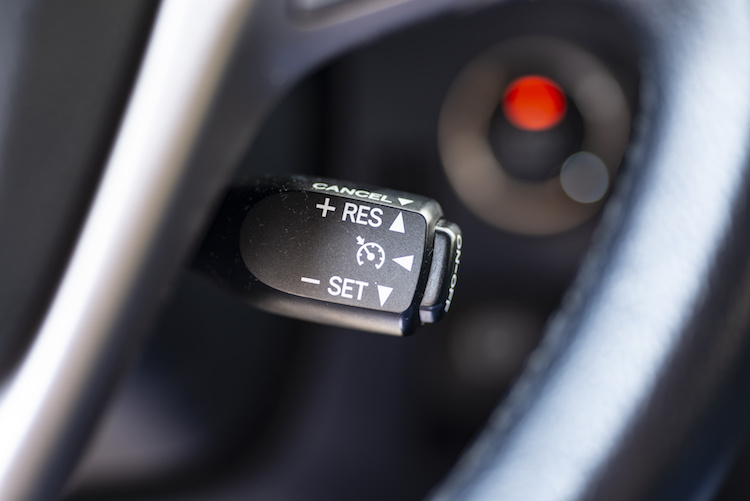
by Anne Lazo | Apr 16, 2020 | Auto Repair Northern Colorado, Campus Repair, Preventive Maintenance
Anyone who has ever had to drive a long stretch of desert highway certainly understands the value of the cruise control in their vehicle. With a flip of the switch, you can relax your driving leg and let the car do the work. No doubt, a modern feature in our vehicle that we might take for granted. Believe it or not, cruise control has been around for about 80 years! While cruise control is not an auto pilot – it is a function of our vehicle that provides us with the convenience of maintaining a safe driving speed while helping lower our fuel consumption. When it doesn’t work properly, you need to schedule cruise control repair.
(more…)

by Anne Lazo | Feb 20, 2020 | Auto Repair Northern Colorado, Campus Repair, Preventive Maintenance
If you have ever done any type of plumbing home repairs, you are probably familiar with gaskets. While a gasket may be a small part to your overall plumbing fixtures, it plays an important role in creating a seal and preventing catastrophic leaks between critical parts. Similarly, your vehicle’s engine is a complex set of critical parts that also require the use of gaskets. There are a variety of gaskets in your engine but one of your more critical gaskets is called the head gasket.
(more…)






